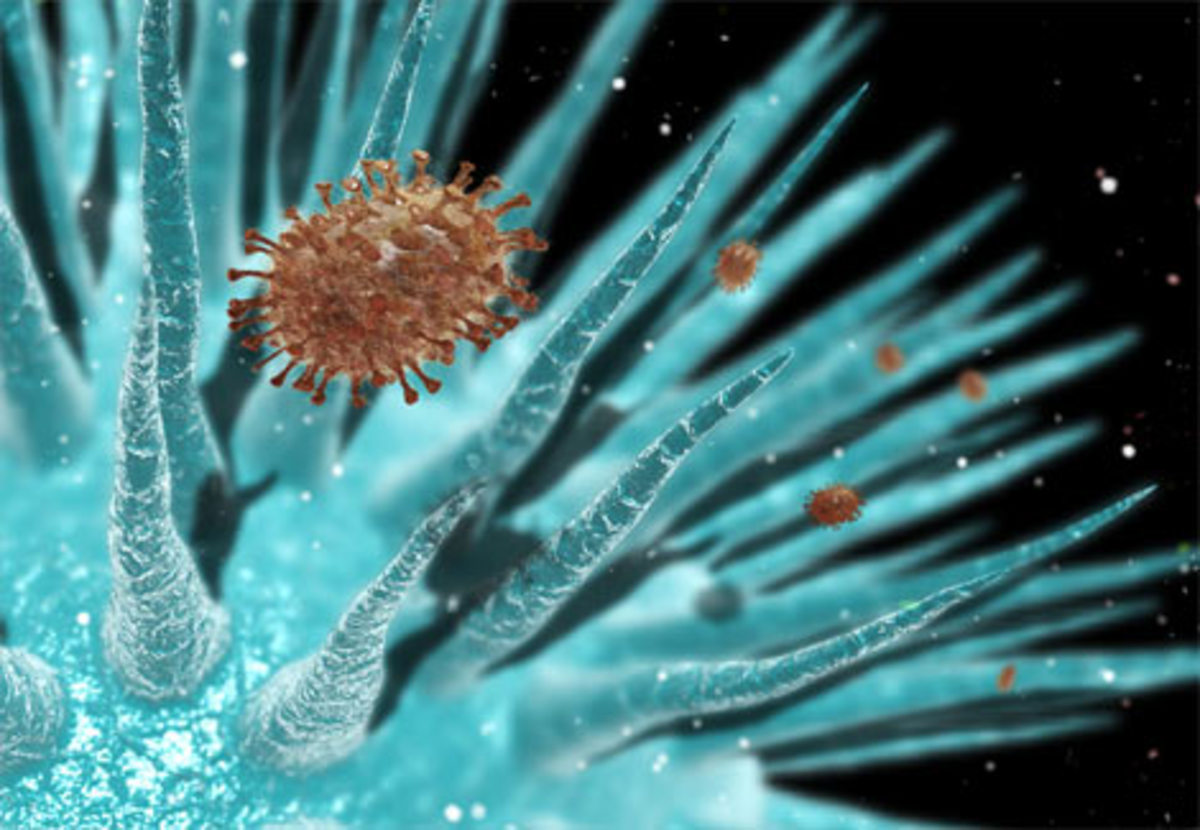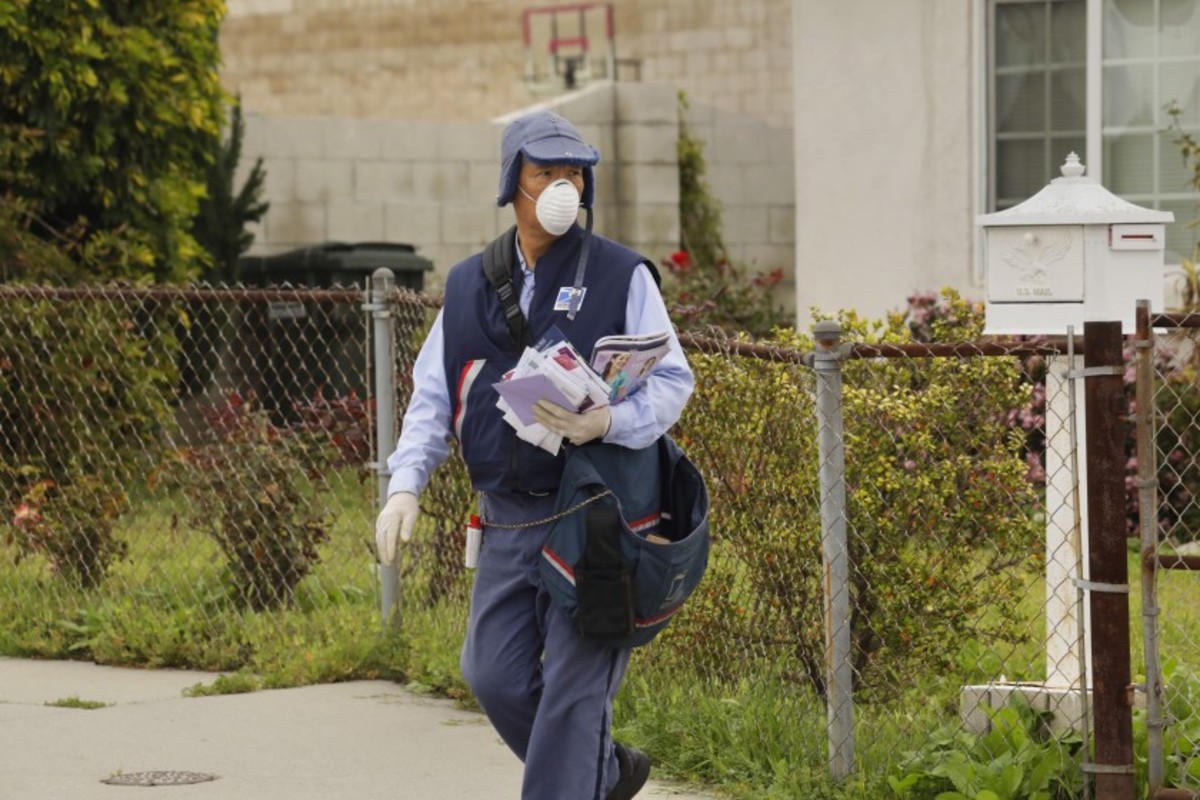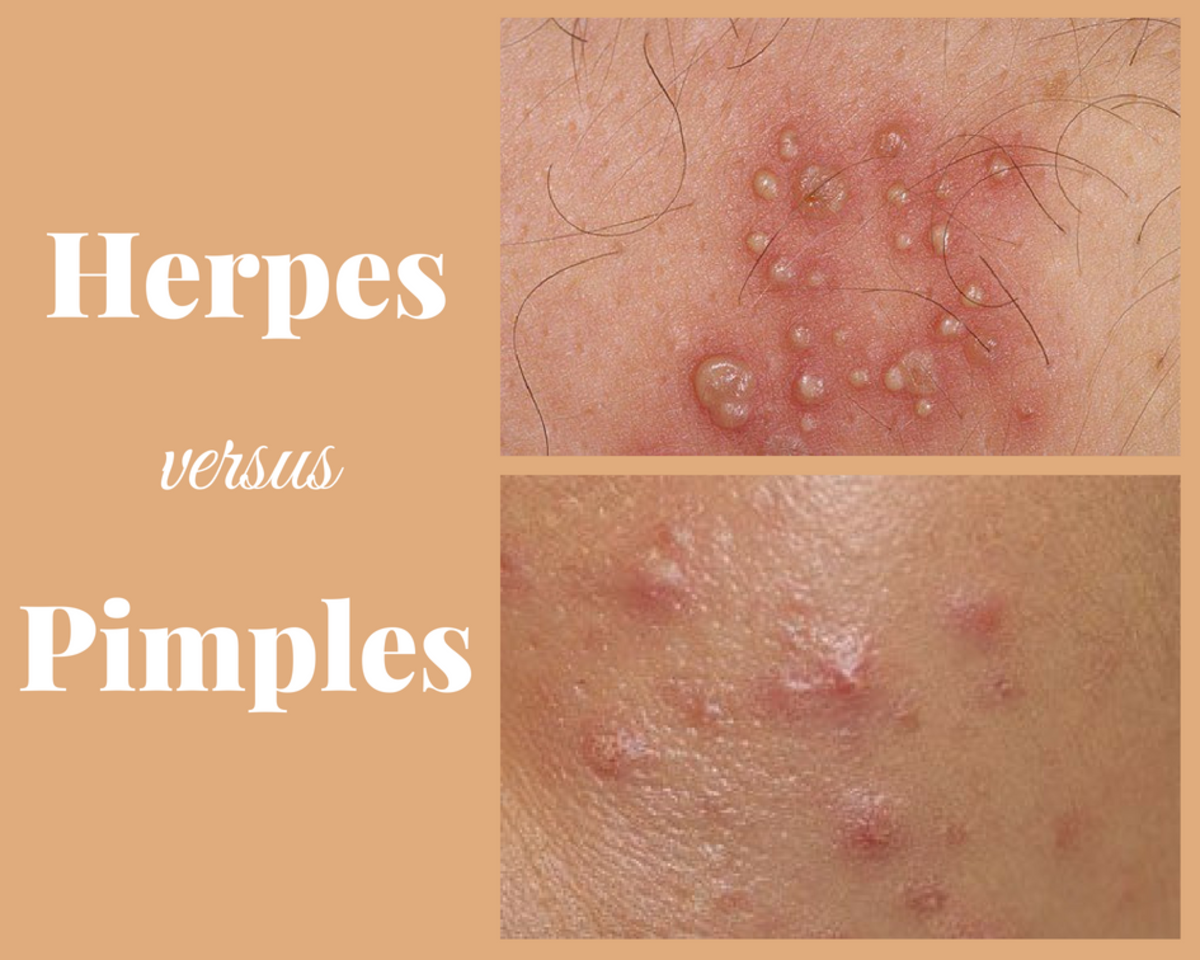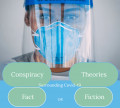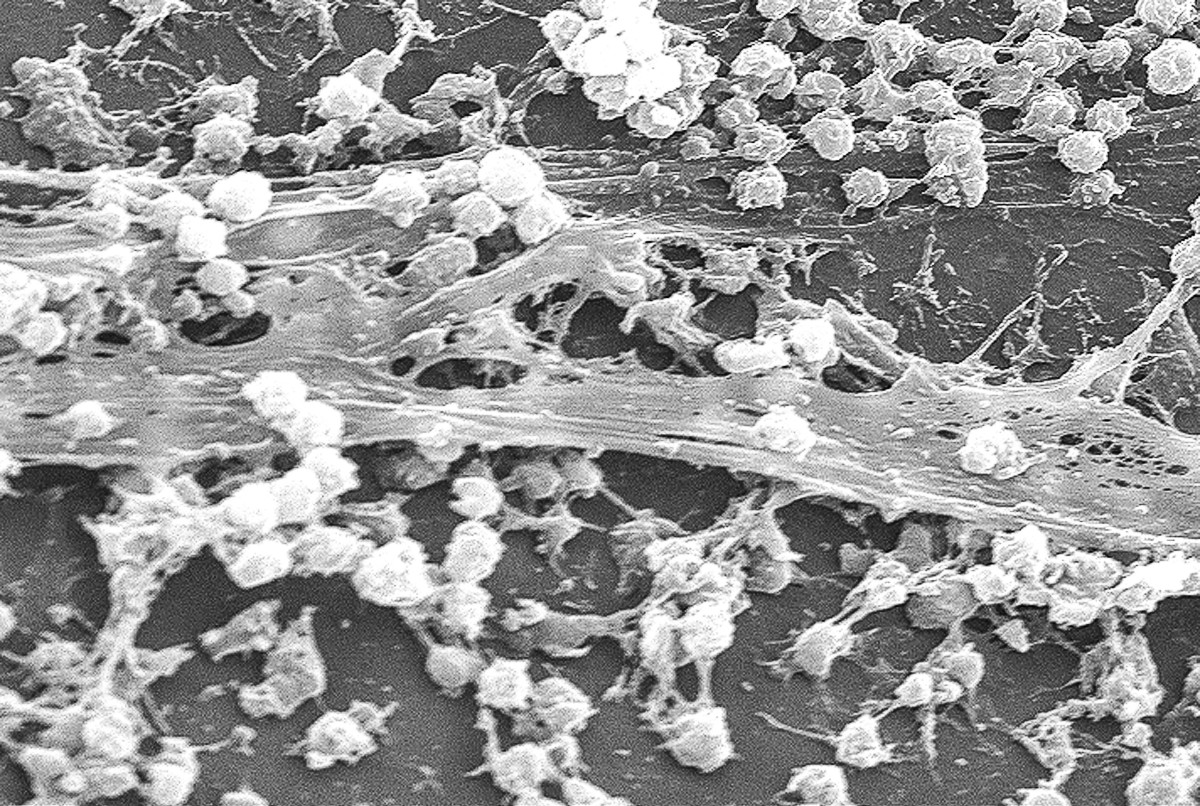Is Sneezing a Corona Virus Symptom? Here Is What You Need to Know.
“The coronavirus is a large family of viruses that cause illnesses like sneezing, fever, headache, and severe acute respiratory syndrome (SARS). The present coronavirus species is a new or novel one which has never been reported so far. The common symptoms of the virus include sneezing, fever, sore throat, dry cough, and dyspnea, or shortness of breath"
A pneumonia outbreak was reported from now world-famous Wuhan city of China in December 2019 and it was traced to the novel strain of coronavirus on 31st December 2019. The World Health Organisation WHO assigned it a name ‘nCOV-2019’ i.e. Novel Corona Virus 2019 and later changed to Corona Virus Disease 2019 abbreviated as COVID-19.
Corona virus under the microscope.
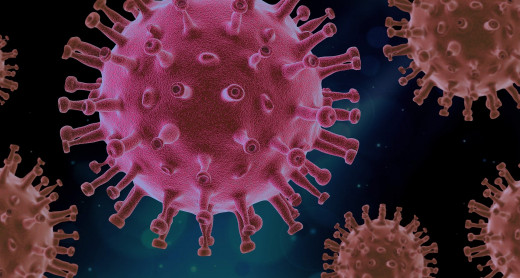
From Wuhan to the World.
From the Wuhan city of China, the virus spread all over the world at a tremendous pace to a pandemic that claimed at least 213,824 precious lives and more than 3,083467 confirmed cases globally as of 28 April 2019.
On January 07 Chinese biological experts officially attributed the infection to a recurrence of SARS virus which originated in China in 2002-2003, The first coronavirus death reported on 11 January 2020 from china which happened to be a 61-year-old man who had purchased some goods from the seafood market.
The WHO on 13 January 2020 reported a case in Thailand, first-ever outside china. By the time most countries were on high alert and screening measures were put in place, the virus had already travelled outside its epicentre.
On January 30 the WHO declared Coronavirus a global emergency as the death toll rises and the virus spread to almost every country. As a result of the pandemic, there are strict halts on almost every mean of travelling and nationwide lock-down in several countries. Till then the rest is a history still in the making.
WHO declares corona virus a Global Health Emergency.
Potential Symptoms of COVID-19.
The most common symptoms of coronavirus are dry cough, fever ranging from mild to high, and tiredness. It must be noted that sneezing is NOT a symptom of coronavirus infection rather is a response to severe acute respiratory syndrome SARS and is one of the modes of transmission.
In some cases, patients may induce pain, aches, and sore throat with diarrhea. Some infected people only have very mild symptoms while in others the symptoms scale gradually.
The ratio of corona virus-infected persons who develop serious medical conditions like difficult breathing is only 1:5.
Aged persons and persons with prolonged medical conditions such as hypertension, diabetes, cancer, heart and renal problems are at alarming risk to develop serious and fatal symptoms(shortness of breath) of the coronavirus
Age is not a deciding factor to get infected, anybody irrespective of age can develop coronavirus symptoms. In that case, one should seek immediate medical attention. Even infected persons with very mild symptoms can transmit the infection.
A correlation between the various symptoms and the chances of being infected with coronavirus infection.
Disease: Covid-19 Pandemic 2019-2020
Fever: 87.9%
Dry cough: 67.7%
Sore throat: 13.9%
Diarrhea : 3.7%
Dyspnea: 18.6%
Ventilator use: 4.1%
Is sneezing a corona virus symptom?
As per the World Health Organisation WHO, the most common symptoms of coronavirus are dry cough, fever, and tiredness. In addition, some patients may have body pain, runny nose, sore throat, and diarrhea as well.
Sneezing is a symptom of allergies and flues but coronavirus is neither an allergy nor a flue.
Sneezing can be triggered by stimuli other than coronavirus, like pollen grains(hay fever), drug withdrawal, air pollution, certain medicine, and talcum powder also.
Thus denying the claim that sneezing is a symptom of coronavirus.
Modes of transmission of corona virus.
COVID-19 spreads primarily by the droplets produced during coughing or sneezing of corona virus-infected persons. sneezing is just one of the modes of transmission of the coronavirus. It is essentially not a symptom of coronavirus. There are mainly three possible ways of transmission.
- Direct contact: COVID-19 infection passes from an infected person to a healthy one by being in direct contact (within one meter of the infected person) with each other, particularly when they do not cover their face at the time of coughing or sneezing.
- Indirect contact: In this type of transmission the infection transmits by touching an infected surface, cloths, or any other thing on which the virus has survived and then touching one's mouth, face or eyes, as this virus can survive on surfaces for many days. Some infected people who do not show any serious symptoms can also spread the infection.
- Airborne transmission is possible if the droplets from the infected persons have viral microbes within their nucleus. These microbes can remain in the air for a long period of time and can get transmitted to any person up to distances greater than the prescribed safe limit.
The incubation period for COVID -19 virus is 1 to 14 days, which means if a person catches the infection he/she may gradually grow the symptoms within 14 days of the infection.
Respiratory droplets, produced during a sneeze
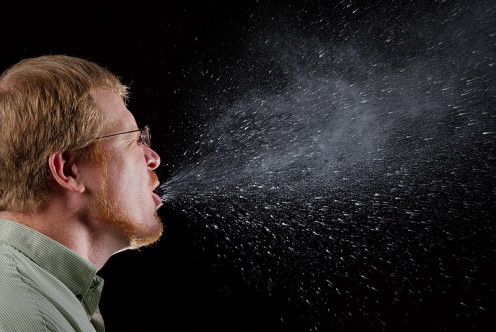
Is there any medicine for corona virus?
The answer to this question is a big NO. None of the known antibiotics or drugs is effective in treating the novel coronavirus infection. Antibiotic is effective against bacterial infections and not viral ones. To date there is no drug available to cure the infection, however scientific communities across the globe are trying hard to decode the viral genome. Clinical trials are being carried out to put forth any possible drug that can release us from the brutal clutches of the deadly coronavirus.
There is no medicine to treat corona virus.
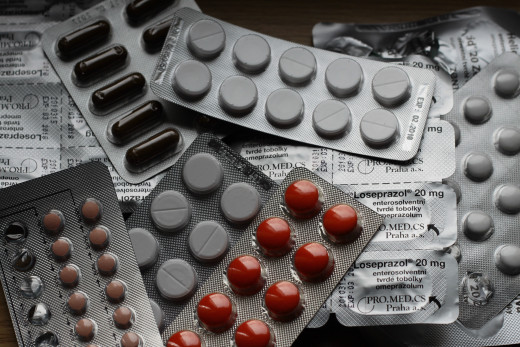
Precautions of corona virus.
In this pandemic situation, Prevention is better than Cure is a good fit. The following precautions must be taken in order to prevent the spread of Covid-
In this pandemic situation, the phrase that Prevention is better than Cure is a good fit. The following precautions must be taken to prevent the spread of Covid-19.
- Practice Social Distancing and minimize physical contacts such as handshakes and hugs.
- Avoid all kinds of gatherings.
- Follow safe distance protocol of at least one meter between you and other people especially when they are having the symptoms.
- Avoid unnecessary travel and stay at home as much as possible.
- Maintain good personal and social hygiene by frequently washing your hands with soap and water.
- Always carry a personal hand sanitizer.
- Avoid touching surfaces tops and handles.
- Always wear hand gloves and cover your mouth with a quality mask in public places.
- Stay safe; stay well.
Wear face mask to protect yourself.
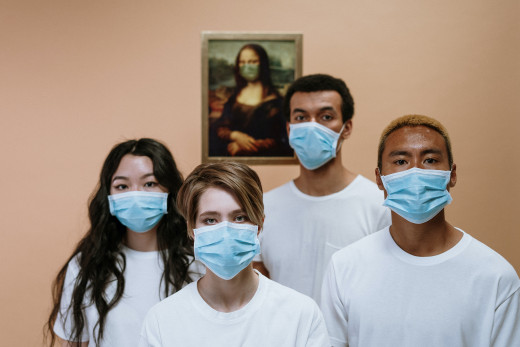
Wash your hands everytime
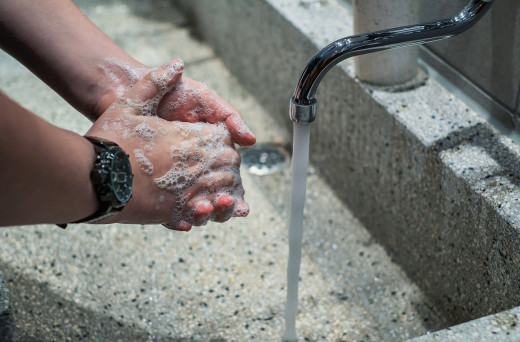
Conclusion.
Any comments or questions are welcomed. Thank you for reading.
References.
- https://www.cdc.gov/coronavirus/2019-ncov/symptoms-testing/symptoms.html
- https://www.who.int/indonesia/news/detail/08-03-2020-knowing-the-risk-for-covid-19
- https://en.wikipedia.org/wiki/Coronavirus
- https://www.healthline.com/health-news/flu-allergies-coronavirus-different-symptoms#Sneezing-isnt-a-symptom
- https://www.who.int/emergencies/diseases/novel-coronavirus-2019/advice-for-public/myth-busters
- https://pixabay.com/images/search/png/
© 2020 Irfan Ahmad Khan


